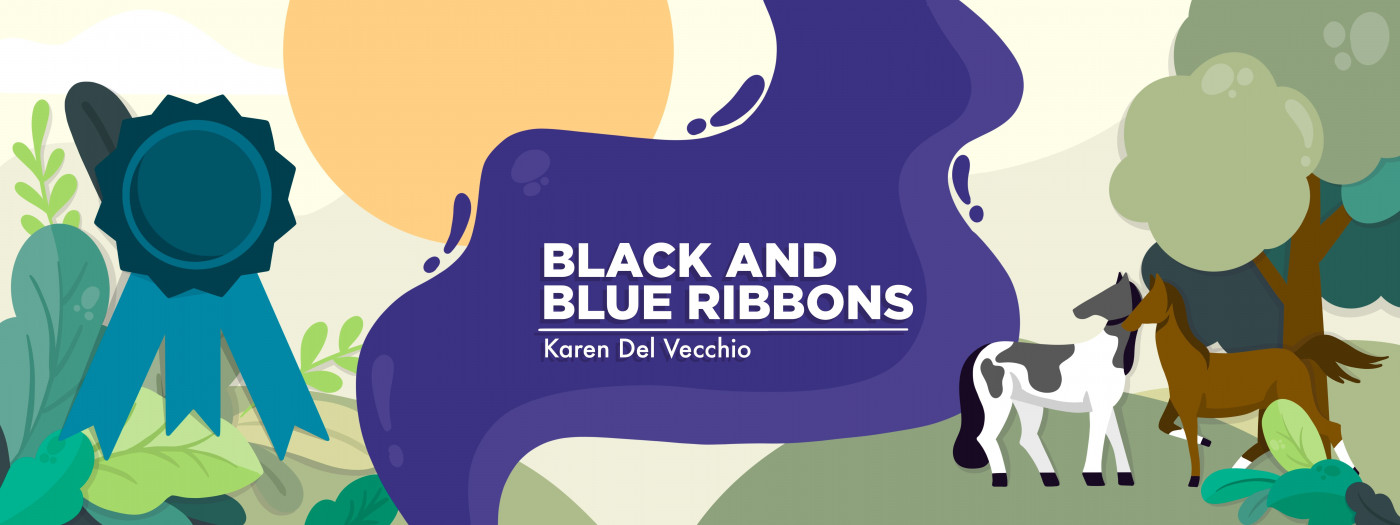How my horse helps improve my perception of body position
Horses are incredibly sensitive to their riders' movements and positioning
Written by |

I’ve recently been tapping into a new level of body awareness — or at least trying to. I’ve previously written about my pain flares and how my proprioception — the sense of body positioning in space — has been off at times. While these unfortunately are common with Ehlers-Danlos syndrome (EDS), I’m currently working toward a new level of awareness.
I ride horses, and while farm life is sometimes an instigator of EDS pain, it is more often a balm for my anxiety and a way to exercise that doesn’t put too much stress on my joints. Horses are expensive, but the benefits are so significant that I work full time as a teacher and counselor and have three other part-time jobs to make it happen.
So how exactly are my proprioception and horseback riding connected? To put it simply, my feelings of evenness and balance affect my horse. A good visual is to think of a person sitting crookedly on a horse — like someone pushing an unevenly loaded wheelbarrow (like in this illustration). My horse Cherry is in rehabilitation from a significant injury, so it’s even more important that I’m as balanced as possible while riding her.
During lessons with my trainer, I’ve noticed that sometimes I’m not straight enough, or my horse isn’t. This has to do with my body overcompensating, which is important because being crooked while riding affects the horse. Given Cherry’s rehabilitation, I can’t let that happen.
Horses are incredibly sensitive and can feel even a slight shift in a rider’s weight. If I turn my head to look where I want to go, my horse can feel how that movement changes the alignment of my spine and seat, and she will turn in that direction. With that level of sensitivity, Cherry can easily feel when my body is out of alignment, and it affects her movement.
To correct this, during a recent lesson, I tried to observe how my body was positioned when my trainer said Cherry and I were both straight and moving correctly. Sometimes it didn’t feel straight to me, but I tried to perceive those moments so that I could repeat them. That was important, because I was trying to connect how my body felt with how it really was.
This type of work isn’t new to me, but I’ve been doing it at another level lately. I’ve been trying to tap into understanding my body so that I can help Cherry. Doing so benefits both of us.
Note: Ehlers-Danlos News is strictly a news and information website about the disease. It does not provide medical advice, diagnosis, or treatment. This content is not intended to be a substitute for professional medical advice, diagnosis, or treatment. Always seek the advice of your physician or another qualified health provider with any questions you may have regarding a medical condition. Never disregard professional medical advice or delay in seeking it because of something you have read on this website. The opinions expressed in this column are not those of Ehlers-Danlos News or its parent company, Bionews, and are intended to spark discussion about issues pertaining to Ehlers-Danlos.






Leave a comment
Fill in the required fields to post. Your email address will not be published.